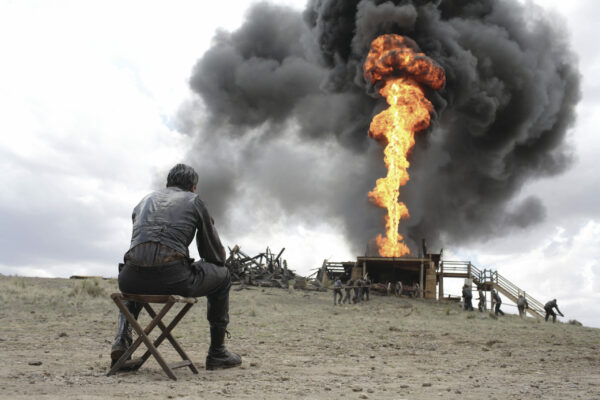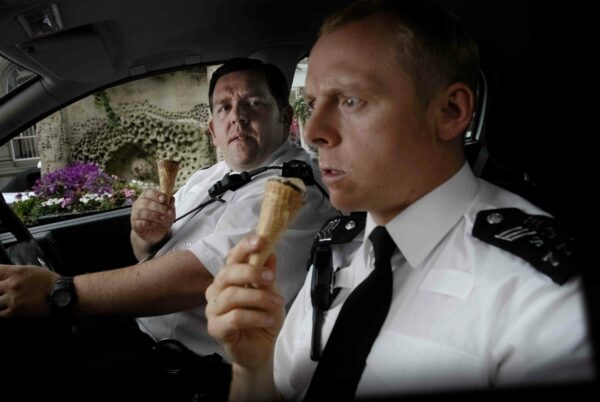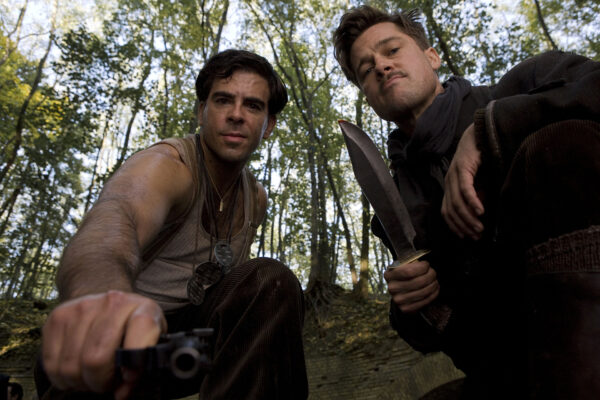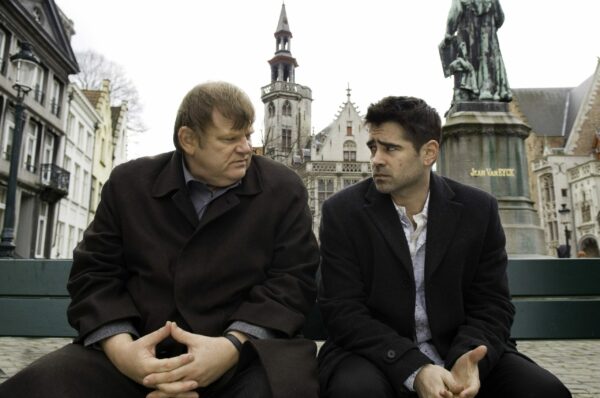
When it comes to book-to-movie adaptations, not many in the last quarter of a century top American Psycho. Bianca Garner looks into the story behind the scenes, the challenges the filmmakers faced, and how things could’ve been oh-so-different.
There are some films which age badly, and then there are some films which remain relevant over two decades from their original release date. Mary Harron’s American Psycho is the latter. One could even argue that the film has grown more topical in today’s climate. However, it wasn’t all plain sailing. Dealing with a troubled production, the studio had doubts over the cast, the levels of violence, and even Harron herself. This is the story of that production, and the creation of a cult classic.
American Psycho is adapted from the Bret Easton Ellis novel of the same name. On its release in 1991, the book sent shockwaves through the literature world, mainly due to its graphic content and lengthy descriptions of sex, murder and toxic masculinity. The book was deemed so disturbing that in some countries such as Australia, the book can only be purchased shrink-wrapped. Many deemed Ellis’ book ‘unfilmable’ and, by studying the contents of the novel, it isn’t hard to see why.
However, in 1992 producer Edward R. Pressman (executive producer on Wall Street and Bad Lieutenant) purchased the film rights to the novel, clearly undeterred by the controversy that surrounded it. Director Stuart Gordon (Re-Animator, 1985) was originally attached to the film, with Johnny Depp set to play the role of the protagonist yuppie banker Patrick Bateman. When things fell through with Gordon, David Cronenberg was brought in to direct, with Ellis set to write the screenplay. Cronenberg had certain demands of the script: it shouldn’t contain any of the restaurant or nightclub material from the novel, which make up a large proportion of the narrative. Ellis disagreed and later departed the project, replaced by screenwriter Norman Snider (Dead Ringers).
Lionsgate were keen on DiCaprio for the lead, arguing that the pre-Dark Knight Bale was not famous enough.
In 1996, after Cronenberg and Snider exited the project citing creative differences, the studio turned to Mary Harron and she, along with screenwriting partner Guinevere Turner, became attached to the film. Harron had garnered critical praise for the recent release of her directorial debut, I Shot Andy Warhol and, identifying herself as a feminist film director, seemed the most interesting choice for such a controversial film. Harron was drawn to the project because she believed the novel had been misunderstood, and many people had missed the satire as well as the dark comedy that made up the content, later stating, “I felt like [the novel] was very unfairly treated. I hoped there was a way to do it in which all the great things about it could become clearer. For example, the many hilarious things there.”
It was Harron and Turner who cast Christian Bale, Willem Dafoe and Jared Leto, and while production company Lionsgate seemed content enough with Dafoe and Leto, they had issues with Bale. Lionsgate were keen on Edward Norton or Leonardo DiCaprio for the lead, arguing that the pre-Dark Knight Bale was not famous enough.
However, Harron stood her ground and threatened to walk if Bale was replaced by teen heart-throb DiCaprio whose reputation, she believed, would only distract the viewer from the satire. (Years later DiCaprio would play another sociopathic yuppie in the form of Jordan Belfort. One can only imagine how much Bateman would worship the The Wolf of Wall Street). In order to get into the mindset of the demented and utterly insane Bateman, Bale watched videotapes of Tom Cruise being interviewed by David Letterman where, according to Bale, Cruise showed “intense friendliness with nothing behind the eyes”.
American Psycho premiered at Sundance and instantly polarized critics and audiences. Upon viewing the film, Roger Ebert wrote of it being “the most loathed film at the festival”, but even he would later go on to give the film two thumbs up in his review show. Ultimately, Harron’s film went on to make $34 million at the Box Office – over four times its budget – and the film has carved out a niche for itself in popular culture. Not bad going for an adaptation of a book once deemed impossible to film, led by a female filmmaker and starring the kid from Newsies. Now, if you’ll excuse me, I have to return some videotapes.
For more behind-the-stores and facts relating to the movie, you can check out our other features.
The beginning of a beautiful friendship
Stay up-to-date with all things All The Right Movies by signing up for our e-newsletter.





















